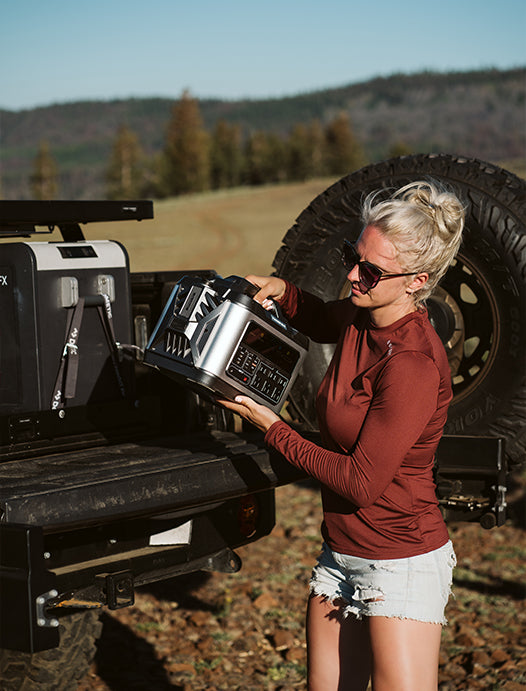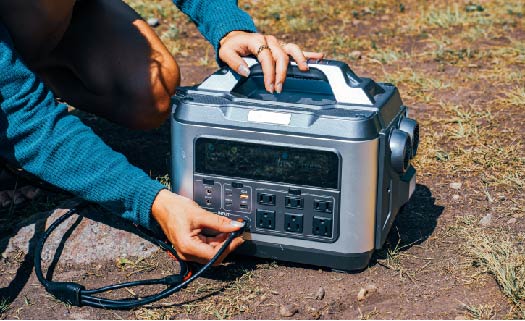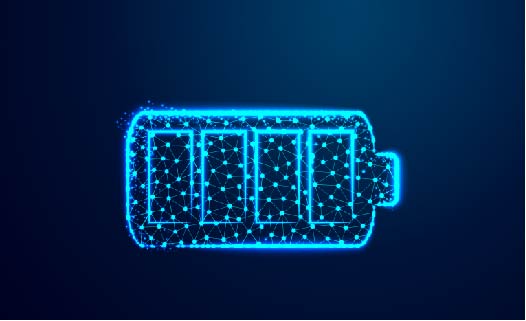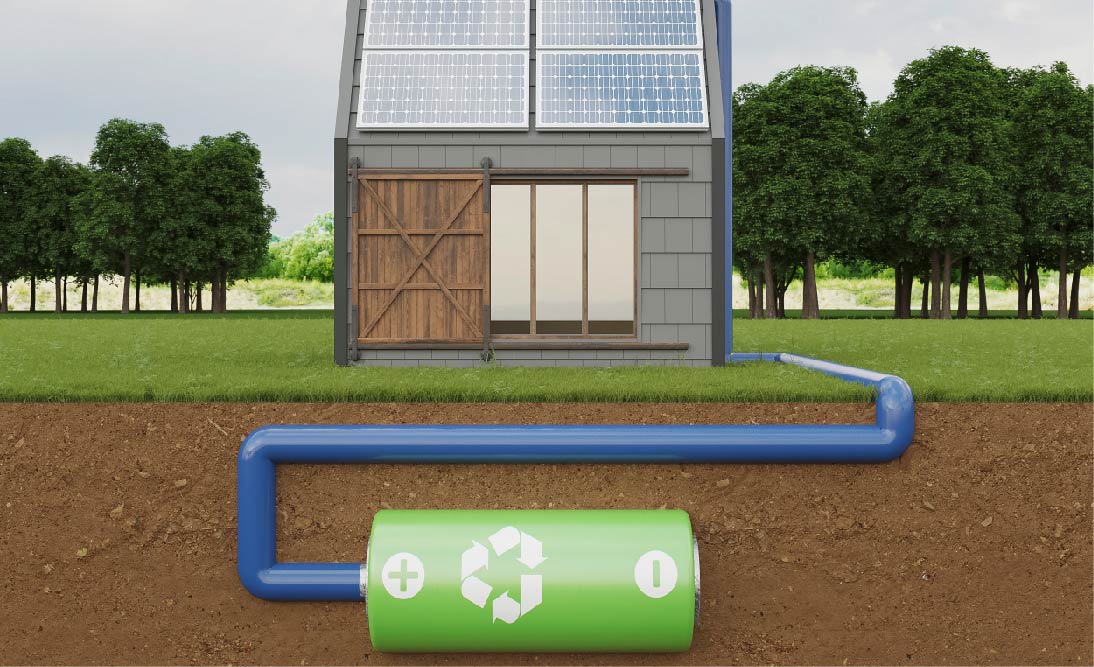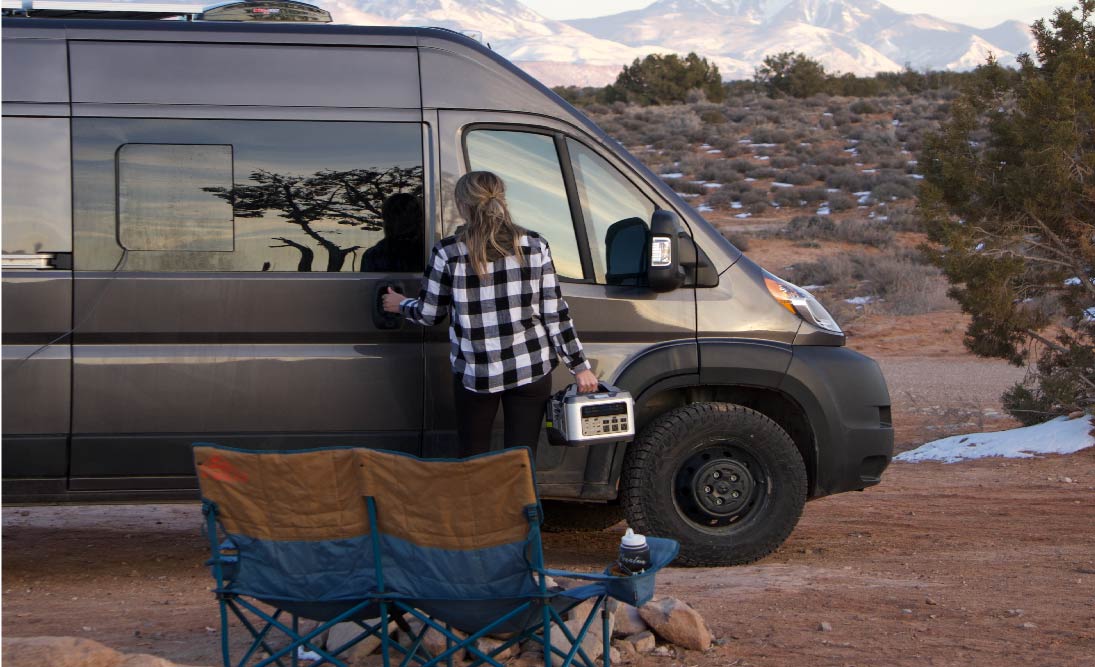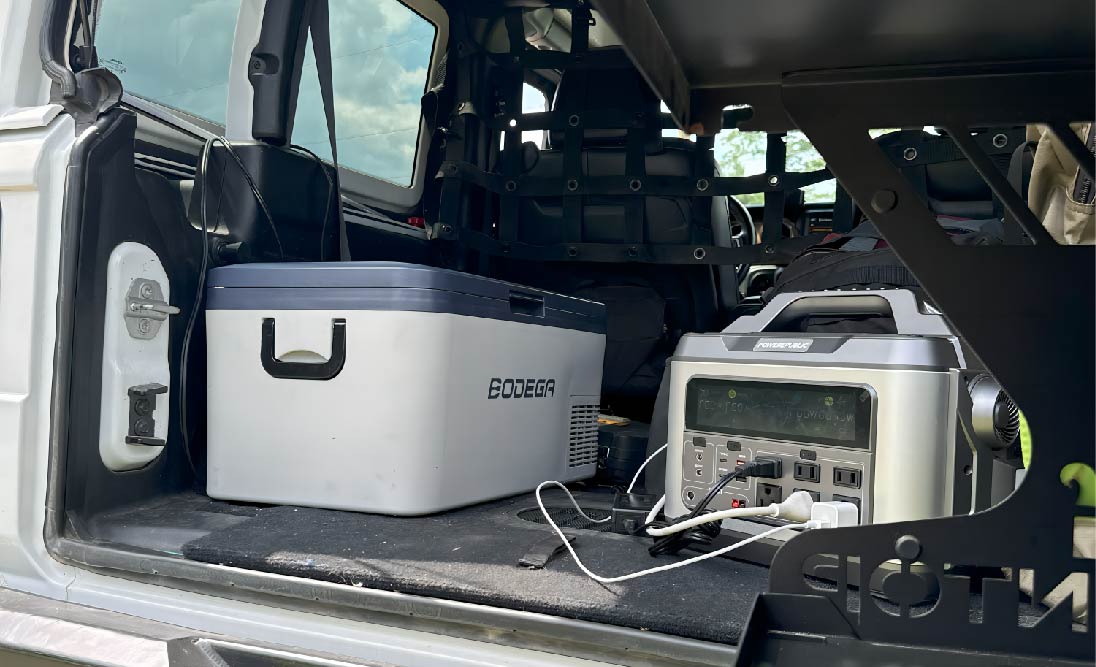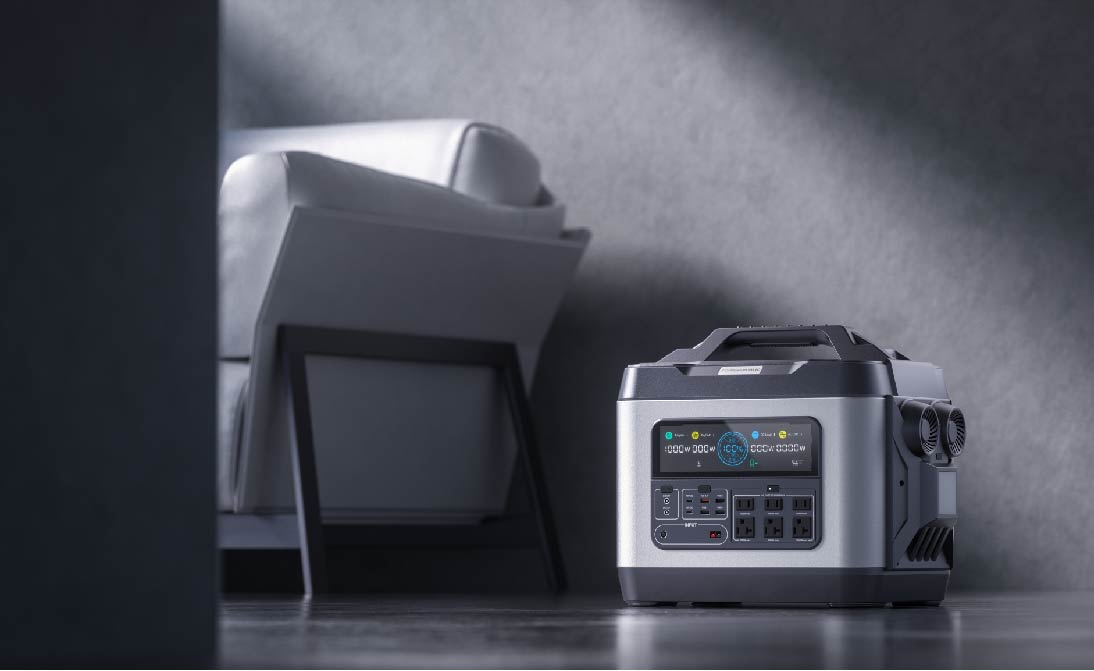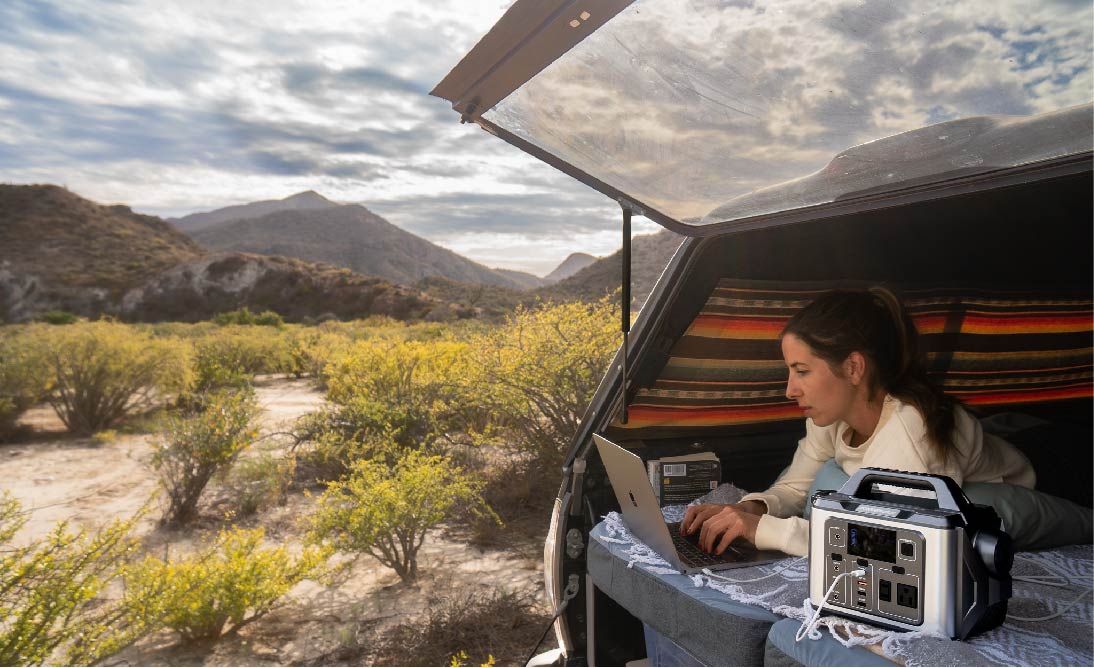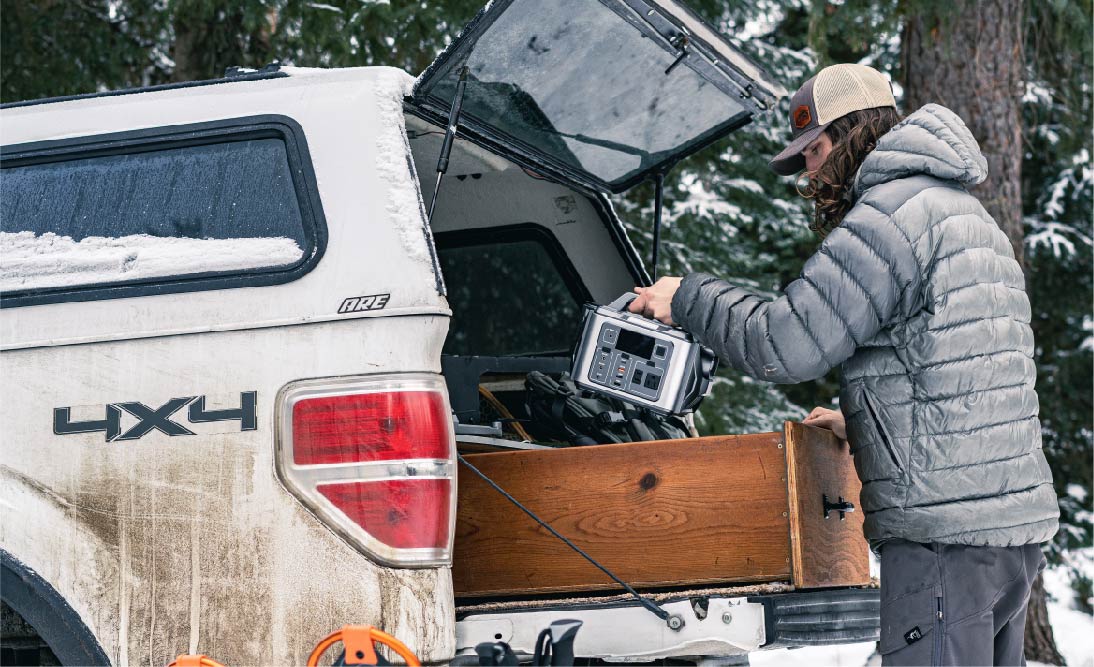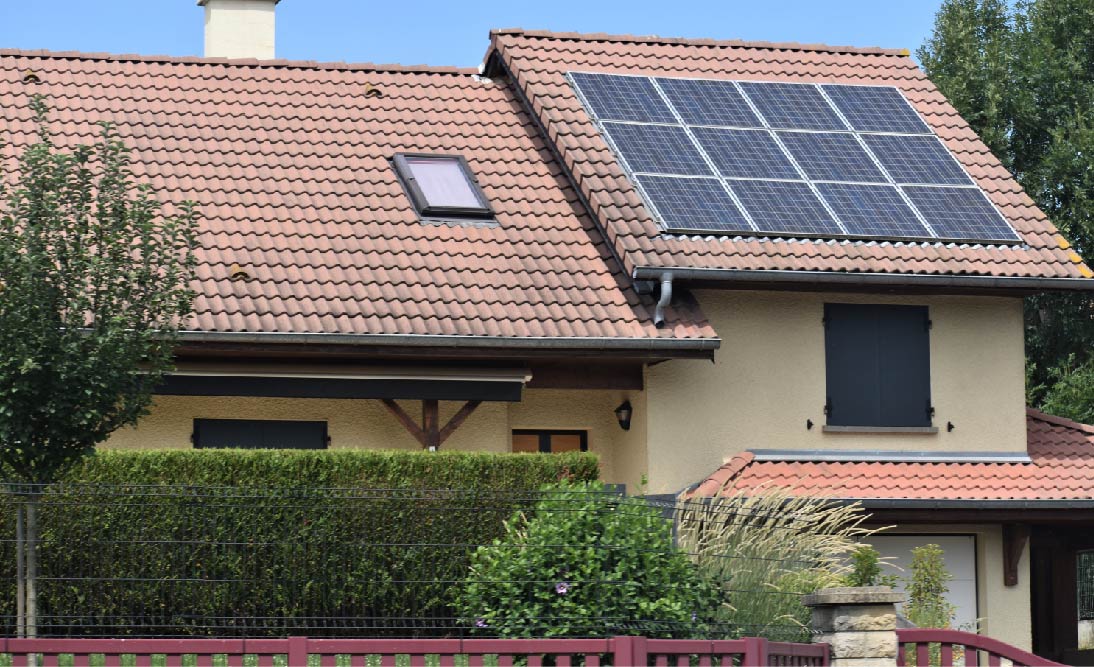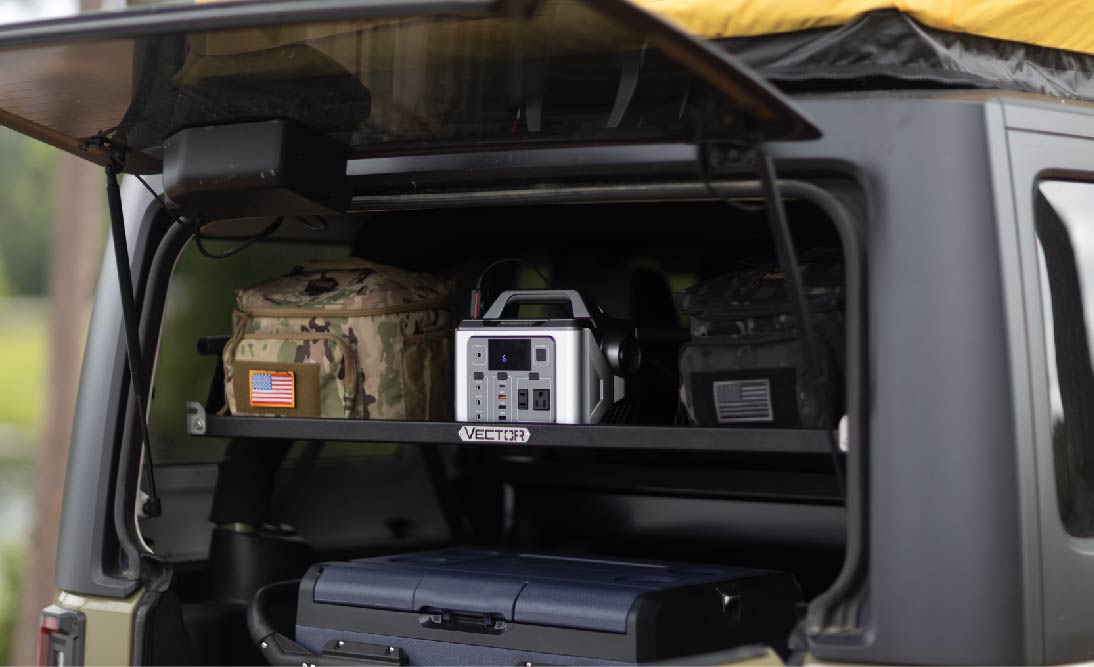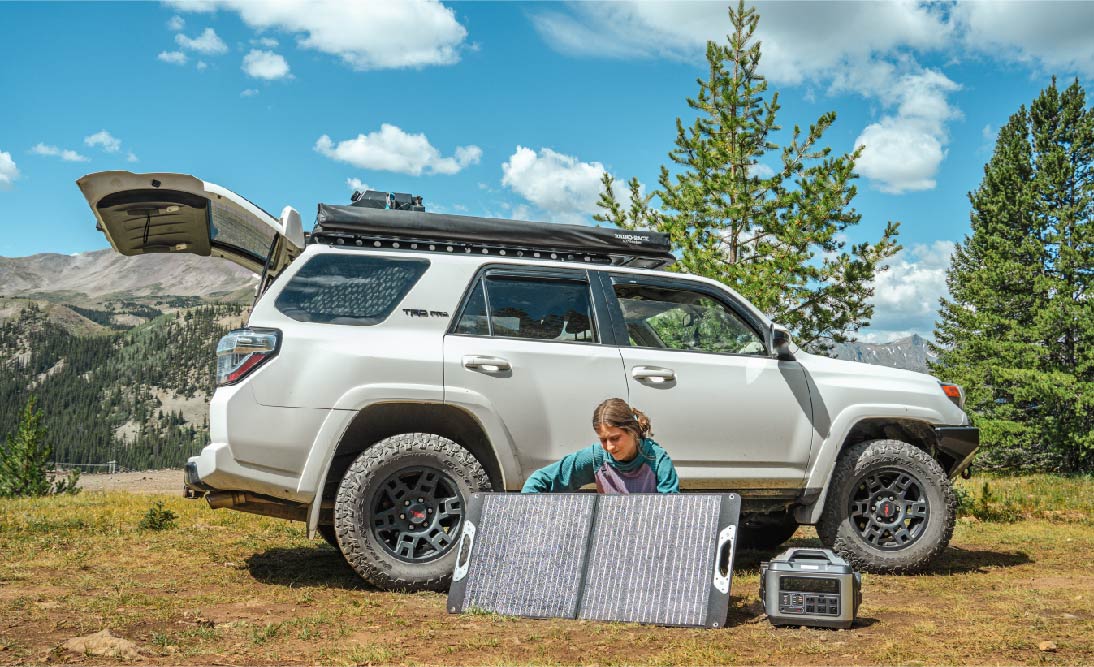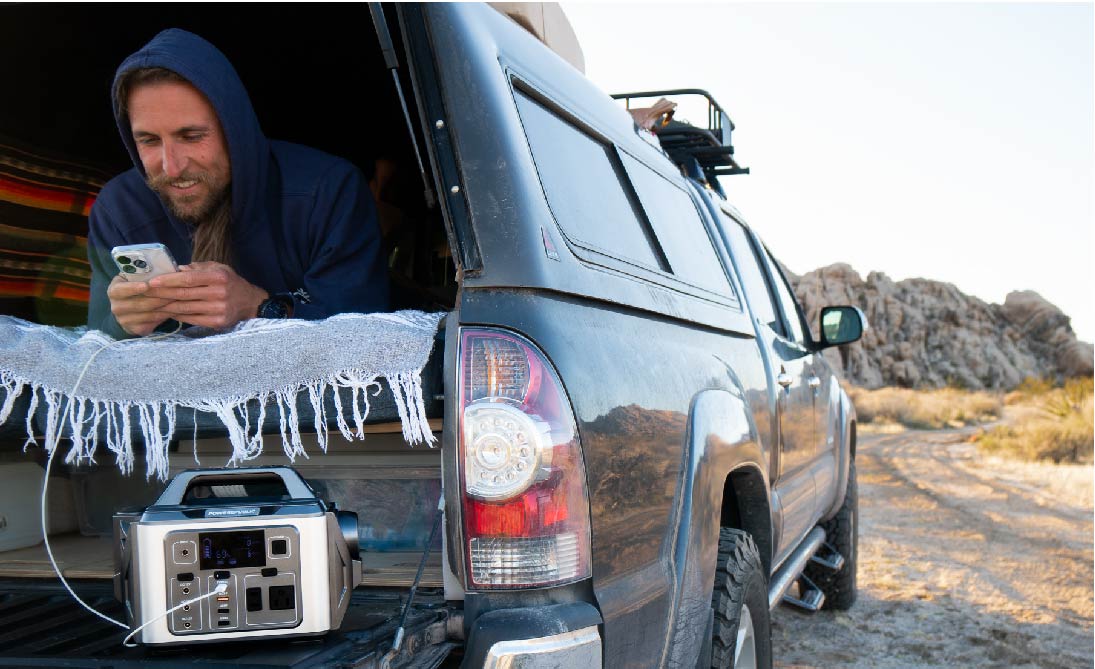Table of Contents:
For those venturing off the grid – whether it's for a weekend camping trip or an extended outdoor adventure – maintaining a charge on essential devices like smartphones, cameras, and GPS units is crucial. This is where the utility of power banks for camping comes into play. These portable, rechargeable batteries are designed to keep your gadgets juiced up when traditional power sources are miles away. However, choosing the right power bank isn't just about convenience; it's about ensuring safety, reliability, and durability in the unpredictable wilderness.
With a variety of models available, such as the robust POWEREPUBLIC T306 and T1200, this comprehensive guide delves into the strengths, weaknesses, and key considerations for selecting the perfect power bank to suit your off-grid needs. From understanding battery lifespan to navigating airline regulations, and assessing whether these devices are worth the investment, we've got you covered for your next outdoor excursion.
Power Banks for Camping Overview

What are Power Banks for Camping?
Power banks for camping are portable battery devices designed to charge electronic gadgets like smartphones, tablets, cameras, and sometimes even laptops while you're off the grid. These power banks are especially useful for outdoor enthusiasts who spend time in remote areas without access to traditional power sources. They vary in size, capacity, and features, with some being rugged and waterproof to withstand outdoor conditions.
How Does a Power Bank Work?
A power bank works by storing electrical energy in a rechargeable battery and then using it to charge electronic devices via USB or other types of connectors. Inside a power bank are one or more lithium-ion or lithium-polymer cells, similar to those found in standard consumer electronics. When you plug a device into a power bank, it transfers the stored energy from the battery to your device, charging it.
Charging a Portable Power Bank
To charge a power bank, you typically connect it to a power source such as an AC adapter, a car charger, or even a solar panel, which are particularly useful for camping.
Most power banks use a micro USB or USB-C port for charging. The time it takes to fully charge a power bank depends on its capacity and the power output of the charger. Higher-capacity power banks may take longer to charge. Some advanced models come with fast charging capabilities, significantly reducing charging time.
Key Tips for Using Power Banks for Camping:
-
Pre-Charge Before Leaving: Always charge your power bank fully before setting out on your camping trip.
-
Capacity Matters: Choose a power bank with enough capacity to meet your charging needs during the trip.
-
Consider Durability: For camping, opt for power banks that are durable and preferably water-resistant.
-
Solar Charging Option: If you'll be away from power sources for an extended period, consider a power bank with solar charging capabilities.
-
Safety First: Keep your power bank dry and avoid exposing it to extreme temperatures to ensure safety and longevity.
Power banks for camping are an essential gadget for modern outdoor enthusiasts, allowing them to stay connected and safe even in remote locations.
Strengths and Weaknesses of Using Power Banks for Camping

Using power banks for camping offers several advantages and some potential drawbacks. Understanding these can help you decide whether a power bank is suitable for your camping needs.
Strengths of Using Power Banks for Camping
-
Portable Power Supply: Power banks provide a convenient source of power for charging devices like smartphones, cameras, and GPS devices, especially in remote locations without access to electricity.
-
Multiple Charges: High-capacity power banks can store enough power to charge your devices several times, making them ideal for extended trips.
-
Variety of Sizes and Capacities: There's a wide range of power banks available, from small, lightweight models for minimalistic campers to larger, high-capacity ones for more demanding power needs.
-
Solar Charging Options: Some power banks come with built-in solar panels, offering renewable energy charging options, which are great for extended outdoor trips.
-
Durability: Many power banks designed for camping are built to withstand outdoor conditions, featuring rugged, water-resistant, or even waterproof constructions.
-
Additional Features: Extra features like built-in flashlights, multiple port types, and fast charging capabilities can enhance your camping experience.
Weaknesses of Using Power Banks for Camping
-
Limited Power Supply: Even high-capacity power banks have their limits and can run out of power, especially if charging multiple or high-drain devices.
-
Charging Time: Power banks themselves need to be charged, which can be time-consuming, especially for larger capacities or when using solar charging in less sunny conditions.
-
Weight and Bulk: Higher-capacity power banks can be heavy and bulky, which might be a disadvantage for backpackers or those with limited packing space.
-
Weather Dependence for Solar Models: Solar-powered banks are dependent on weather conditions and generally have slower charging speeds, making them less reliable as the sole power source.
-
Cost: High-quality, durable power banks with large capacities and additional features can be expensive.
-
Maintenance: Like all battery-based devices, power banks require proper maintenance and eventual replacement as battery capacity diminishes over time.
Overall, power banks can be a valuable asset for camping, offering portable and convenient power. However, weighing their benefits against their limitations is important, especially considering your specific camping style and power needs. Balancing these factors will help you choose the most suitable power bank for your outdoor adventures.
How to Choose the Best Power Banks for Camping?

Choosing the best power bank for camping involves considering various features that cater to outdoor conditions and your specific power needs. Let's explore these features with examples and calculations:
1. Battery Capacity and Usage Calculations
-
Capacity: Measured in milliampere-hours (mAh), it indicates the amount of charge the power bank can hold. For instance, a 20,000 mAh power bank can theoretically charge a 2,000 mAh phone battery about ten times. However, due to efficiency losses, the actual output might be around 70% of the rated capacity.
-
Example Calculation: If your phone's battery is 3,000 mAh, a 20,000 mAh power bank could charge it approximately 20,000*0.7/3,000=4.7 times.
2. Durability and Build Quality
-
Materials: Look for rugged construction with materials like hardened plastic or metal.
-
Water and Dust Resistance: IP (Ingress Protection) ratings like IP67 (completely dust-tight and can withstand temporary immersion in water) are ideal for camping.
3. Size and Weight
-
Portability: Balance between high capacity and portability. A power bank that’s too heavy or bulky might be cumbersome to carry on hikes.
4. Output Ports and Power Output
-
USB Ports: More ports allow charging multiple devices simultaneously. Types like USB-A, USB-C, or even DC ports are common.
-
Fast Charging: Check for fast charging capabilities (e.g., Quick Charge, USB-PD) to reduce charging times.
5. Solar Charging Option
-
Solar Panels: Some power banks come with integrated solar panels. While slower, they're useful for extended trips without access to power outlets.
6. Additional Features
-
LED Indicators: For monitoring charge levels.
-
Flashlight: Useful for camping.
-
Pass-Through Charging: Allows charging the power bank and devices simultaneously.
7. Brand and Price
-
Reliable Brands: Opt for brands known for quality. Check out review websites for ratings. POWEREPUBLIC has a 4.5 rating on Trustpilot.
-
Price: Higher-priced models often offer better features and reliability.
So when choosing a power bank for camping, consider how many days you'll be away, the types and number of devices you need to charge, and the conditions you'll encounter. Balance your needs for capacity, durability, portability, and extra features to find the best power bank for your camping adventure.
POWEREPUBLIC Power Banks for Camping

When camping, prioritizing portability is essential, followed closely by functionality. Finding power banks that effectively combine both qualities can significantly enhance your experience. The POWEREPUBLIC T306 and T1200 are two outstanding portable power stations well-suited for camping. For a detailed comparison, please refer to the table below:
|
Feature/Model |
||
|
Capacity |
296Wh |
1110Wh |
|
Power |
300W, Surge 600W |
1200W, Surge 2600W |
|
Battery |
Lithium-Ion |
Lithium-Ion |
|
Output Ports |
10 |
13 |
|
Charging Options |
AC Adapter, Solar Panel, Car Charger |
AC Adapter, Solar Panel, Car Charger |
|
Weight |
9.2Ibs/4Kg |
31Ibs/14Kg |
|
Measurements |
11.2*6.1*8.0 inch |
14.3*9.3*10.6 Inch |
|
Est.Duration(h) |
Duration(h)=Capacity(Wh) * 0.85 / The power of the item(W) |
|
|
LED Light (10-20W) |
12.5 to 25 hours |
47 to 94 hours |
|
Portable Stove (100-300W) |
0.8 to 2.5 hours |
3 to 9.5 hours |
|
Electric Grill (800-1200W) |
No Applicable |
0.7 to 1.2 hours |
|
Laptop Charger (45-85W) |
3 to 5.5 hours |
11 to 21 hours |
|
Coffee Maker (600-900W) |
No Applicable |
1 to 1.5 hours |
|
Portable Cooler/Fridge (40-100W) |
2.5 to 6.3 hours |
9.5 to 23.5 hours |
|
Electric Blanket (50-200W) |
1.2 to 5 hours |
4.5 to 18.5 hours |
|
Portable Projector (50-150W) |
1.5 to 5 hours |
6.3 to 18.5 hours |
|
Hair Dryer (800-1200W) |
No Applicable |
0.7 to 1.1 hours |
|
Air Pump (40-120W) |
2 to 6.3 hours |
7.5 to 23.5 hours |
|
Portable Heater (250-1500W) |
No Applicable |
0.6 to 3.5 hours |
Please Note That:
-
The estimated operation times are based on the specific wattage of the devices being powered and the current state of the power station.
-
This comparison table is designed to delineate the differences between the T306 and T1200 models, focusing on their respective capacities, output potential, and duration of powering various devices.
FAQ I: What is the Lifespan of Power Banks?

The durability of a power bank is often gauged in terms of charge cycles. This term signifies the total number of full charging and discharging rounds a power bank can perform before its capacity diminishes to a specified threshold. Generally, a power bank has a lifespan ranging from 300 to 500 such charge cycles.
Example: A power bank with a 500 charge cycle lifespan used daily (one full charge and discharge cycle) would last approximately 1.5 to 2 years. However, if used less frequently, say once a week, it could last well over 5 years.
Calculation:
-
For daily use: 500 cycles/365 days = 4 years.
-
For weekly use: 500 cycles/52 weeks=6 years
FAQ II: Can I Bring a Power Bank on an Airplane?

Yes, you can bring a power bank on an airplane, but there are regulations. Power banks are considered lithium batteries and must be carried in carry-on luggage. The capacity of the power bank is also a factor:
-
Power banks with a capacity of less than 100 watt-hours (Wh) are generally allowed without approval.
-
For those between 100-160 Wh, airline approval is required.
-
Power banks over 160 Wh are typically not allowed on planes.
Example: A 20,000 mAh power bank at 3.7V (a common lithium battery voltage) has a watt-hour rating of (20,000 mAh*3.7 V)/ 1,000= 74 Wh, which is within the acceptable range for most airlines.
FAQ III: Are Power Banks for Camping Worth the Money?

The value of power banks for camping depends on your camping style and power needs. They're particularly worth it for those who rely on electronic devices for navigation, communication, or entertainment while camping.
Example: If you use a smartphone (3000 mAh) and a camera (1500 mAh) daily, a 10,000 mAh power bank could provide about 2-3 full charges for each device, ensuring you have enough power for a weekend trip.
Calculation: 10,000 mAh/(3000 mAh+1500 mAh)*2 charges= 1.67 rounds of charging both devices.
So for frequent campers or those needing to stay connected or powered, investing in a quality power bank can be a wise decision, providing convenience and safety benefits that outweigh the cost.
Final Thoughts
In conclusion, for outdoor enthusiasts and frequent campers, the investment in quality power banks for camping is not just a convenience but a necessity. These devices ensure that essential electronics like smartphones and cameras remain functional, facilitating navigation, communication, and capturing memories. Given their ability to provide multiple charges and withstand rugged outdoor conditions, power banks have become indispensable tools for modern camping experiences. They embody the perfect blend of technological advancement and outdoor practicality.
Whether you're going on a weekend getaway or an extended backcountry expedition, having a reliable power bank, such as POWEREPUBLIC T306 and T1200 models, can significantly enhance your outdoor adventure. Thus, for anyone looking to stay connected and powered in the wilderness, selecting the right power bank is a decision that offers both safety and convenience, underscoring their worth as a smart investment for any camping trip.
